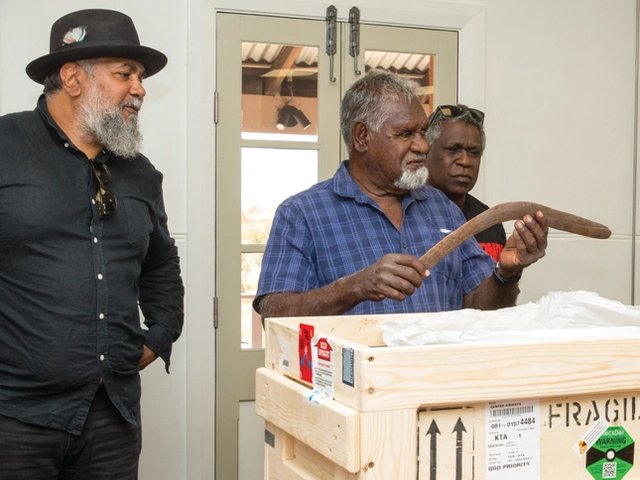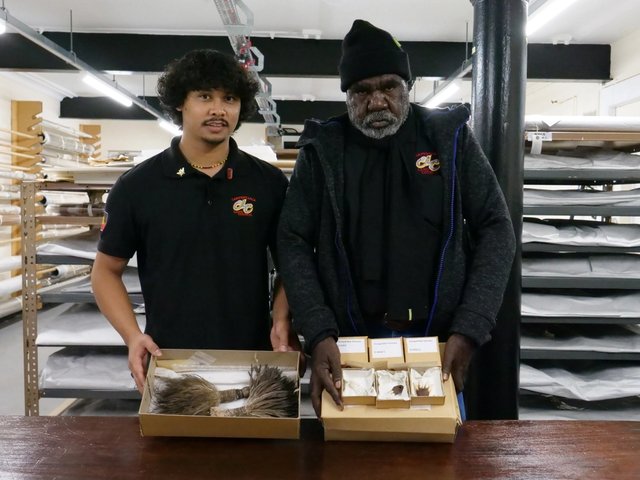The British Museum and The Royal Botanic Gardens, Kew lent the objects currently blocked in Museum Victoria, Melbourne because they wanted to join in Museum Victoria’s centenary celebrations, but above all because they wanted to enable the two Aboriginal etched barks from their collections to be seen beside the larger and more important bark that belongs to the Museum in Melbourne. The barks, which have been preserved, studied and published in London in the contexts of world botany and world cultures, would thus be able to be seen and studied in the important context that only Museum Victoria can provide.
The current uncertainties over the validity and renewability of the Declarations (injunctions) preventing the objects’ return are matters for the Australians alone to determine. So is the relative force, in these circumstances, of the Federal Certificate allowing them to be re-exported, on the strength of which most foreign lenders of Aboriginal artefacts now rely. These are exclusively issues for the States and the Commonwealth Government in Canberra to resolve.
But there is one question which those outside Australia may properly ask. Is there a chance that the Commonwealth might take advantage of the current debate to devise a structure and a system that would enable more overseas public collections than ever before to lend Aboriginal material to Australia? It would, I think, be feasible, and it offers a rare opportunity. Out of present confusion could come great good.
Aboriginal artefacts are, like the productions of all material cultures, spread around the world. They are now held in museums right across Australia, and also overseas—in London and Berlin, Paris and Prague, Washington, Leipzig, St Petersburg and many other cities besides.
A census of those artefacts held overseas has already begun and could, if resources were available, be swiftly completed. If the Commonwealth government could identify museums across Australia interested in particular groups of objects now in overseas collections; if it could enable and encourage those overseas collections to lend by creating a legal framework covering the whole country that would facilitate loans and guarantee their return; and if it could provide funding over a five or 10 year period to allow sustained long-term planning—then I believe that many public collections in the UK, in continental Europe and in the US would be willing to participate, allowing objects to be seen and studied both where they are currently held and also—perhaps, if conservation allows, with some regularity—in Australia.
This is a lot to ask and as far as I know no other country has done anything like it. Yet if it could be achieved, it could set a new pattern for sharing cultural inheritance, the objects telling different tales in different contexts. All could be enriched.
The writer is the director of The British Museum, London
Originally appeared in The Art Newspaper as 'A new law to encourage lending?'




